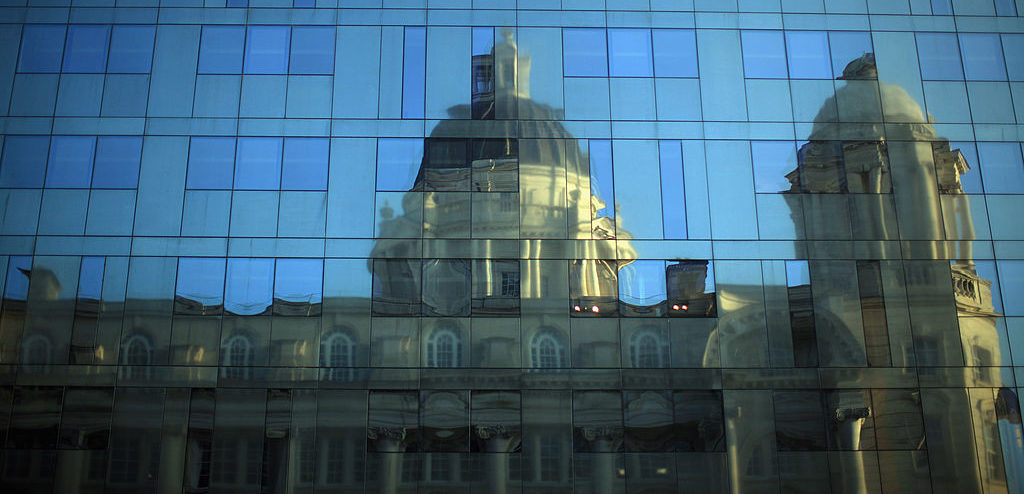It’s finally happened. Liverpool’s iconic waterfront and city centre — officially, the ‘Maritime Mercantile City’ — has been stripped of its UNESCO World Heritage status. This is only third time this has happened anywhere in the world.
According the the World Heritage Committee, the decision was made because of the “irreversible loss of attributes conveying the outstanding universal value of the property”.
But what does this actually mean? It’s not like they’ve demolished the Albert Dock. The Three Graces are still standing. St George’s Hall remains in one piece.
Rather, the problem is one of addition, not subtraction. The Committee is unhappy with new buildings going up in, and around, the World Heritage Site. In particular, there’s the Liverpool Waters project — a glassy, modernist redevelopment of the city’s northern docks.
I wouldn’t describe it as the worst kind of spreadsheet architecture — there’s plenty worse. Nevertheless, the overall effect of this and other recent developments is to overwhelm the unmistakable with the unremarkable.
Steve Rotherham, the Liverpool City Region metro mayor, is furious with UNESCO. In a statement, he said that “places like Liverpool should not be faced with the binary choice between maintaining heritage status or regenerating left behind communities – and the wealth of jobs and opportunities that come with it.”
No, they shouldn’t. But the actual “binary choice” here is the one forced upon us by architects and planners: beautiful old buildings versus ugly new ones.
There is no good reason why we can’t have new development in a style that harmonises with a city’s definitive architecture. The decision to maximise aesthetic discord is an ideological one — a modernist bigotry that slanders respect for the past as pastiche.
Of course, if one were to apply the doctrine of contrasts to the modernists’ favourite buildings then they’d be the first to complain. Personally, I think a Mock Tudor extension to Frank Lloyd Wright’s Fallingwater would be hilarious, but I doubt they’d they see the joke.
Another argument against the UNESCO decision is that a city should not be a museum. But that’s wrong — a museum is exactly what a city is. What we build lasts far beyond our lifespans (or ought to). A city, therefore, is an accumulation of bequests from long-dead generations.
Before we build we need to think not just about our immediate needs, but about what our monuments will say about us in centuries to come. And the more important the city and the more prestigious the location, the harder we need to think.
As well as respecting the heritage we’ve already got, we should striving to create the heritage of the future.











Join the discussion
Join like minded readers that support our journalism by becoming a paid subscriber
To join the discussion in the comments, become a paid subscriber.
Join like minded readers that support our journalism, read unlimited articles and enjoy other subscriber-only benefits.
Subscribe